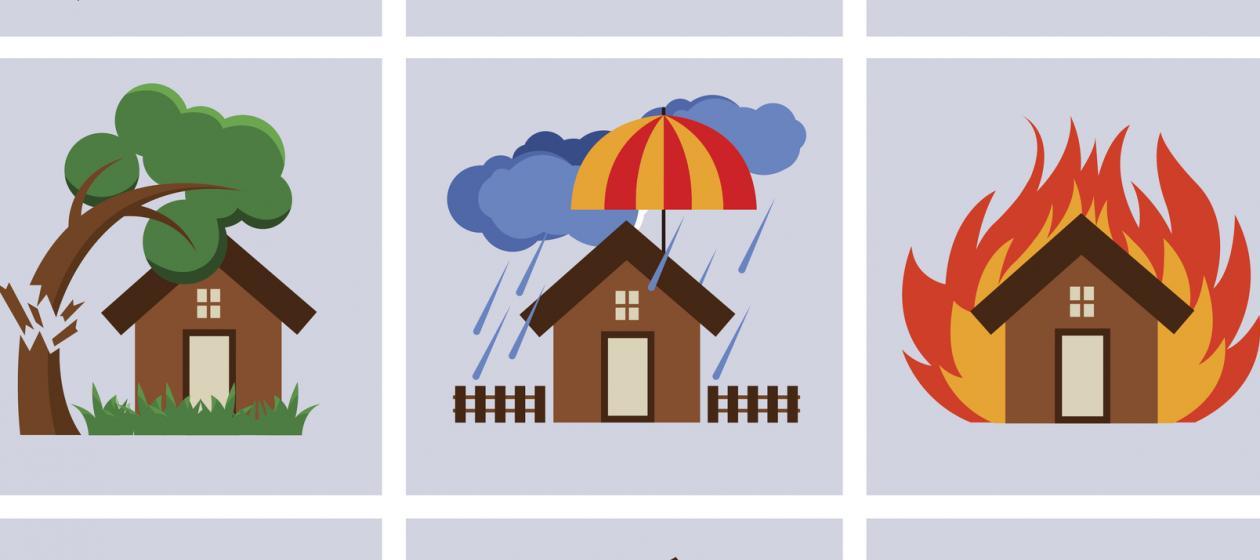In our increasingly digital world, personal information is more accessible than ever, and identity theft has become a prevalent and persistent threat. Identity theft occurs when someone wrongfully obtains and uses your personal information, often for financial gain. The consequences of identity theft can be far-reaching, causing emotional distress, financial turmoil, and damage to your reputation. This article explores what identity theft is, its various forms, prevention measures, and what to do if you become a victim.
Understanding Identity Theft
Identity theft is a crime in which an individual steals another person’s personal information, such as their name, social security number, financial account details, or even their medical records. This stolen information is then used for fraudulent activities, including:
- Financial Identity Theft: Criminals use your personal information to open credit card accounts, make unauthorized purchases, or access your bank accounts.
- Criminal Identity Theft: This form involves using your identity when interacting with law enforcement, potentially leading to false criminal records.
- Medical Identity Theft: Thieves use your identity to obtain medical services or prescription drugs, which can result in medical bills and incorrect information in your medical records.
- Social Security Identity Theft: Fraudsters may use your social security number to access government benefits or other services.
Preventing Identity Theft
Prevention is the first line of defense against identity theft. Here are some proactive steps you can take to protect your identity:
-
Protect Personal Information:
- Safeguard your social security number, driver’s license, and passport.
- Shred documents containing sensitive information before disposing of them.
- Secure your mail and use a locked mailbox to prevent theft.
-
Be Cautious Online:
- Use strong, unique passwords for all your online accounts.
- Enable multi-factor authentication (MFA) whenever possible.
- Avoid sharing personal information on social media.
-
Monitor Your Financial Accounts:
- Regularly review bank and credit card statements for any unauthorized transactions.
- Check your credit reports for discrepancies at least once a year.
-
Be Wary of Unsolicited Communication:
- Be cautious of emails, calls, or messages requesting personal information, especially if they seem suspicious.
- Verify the legitimacy of the organization or individual before sharing any data.
-
Secure Your Devices:
- Use strong, updated antivirus and anti-malware software.
- Keep your operating system and applications up to date to patch security vulnerabilities.
-
Use a Secure Wi-Fi Network:
- Avoid conducting sensitive transactions or accessing personal information on public Wi-Fi networks.
What to Do If You Become a Victim
Even with the best preventive measures, identity theft can happen. If you suspect or confirm that your identity has been stolen, here are the steps to take:






